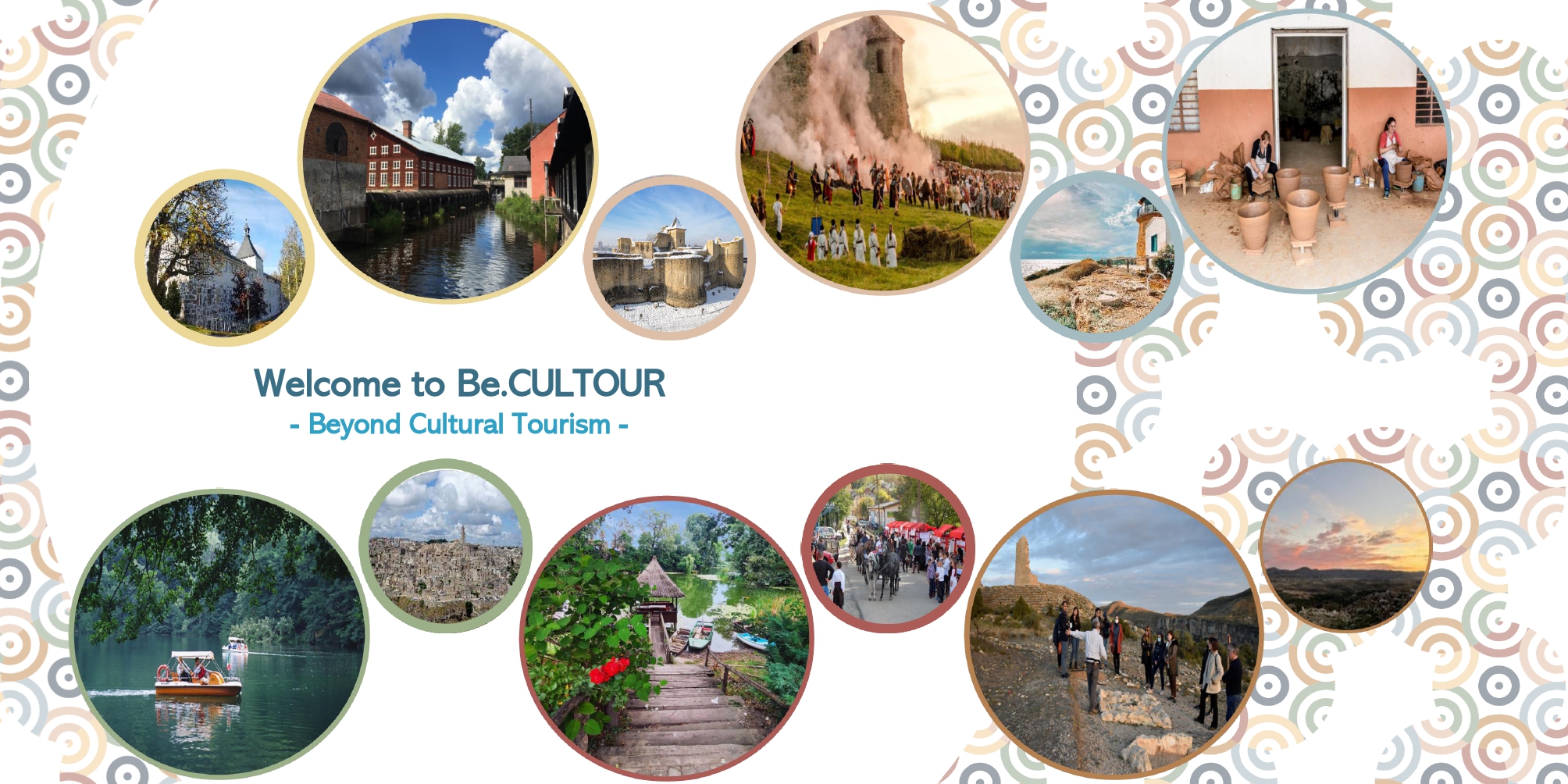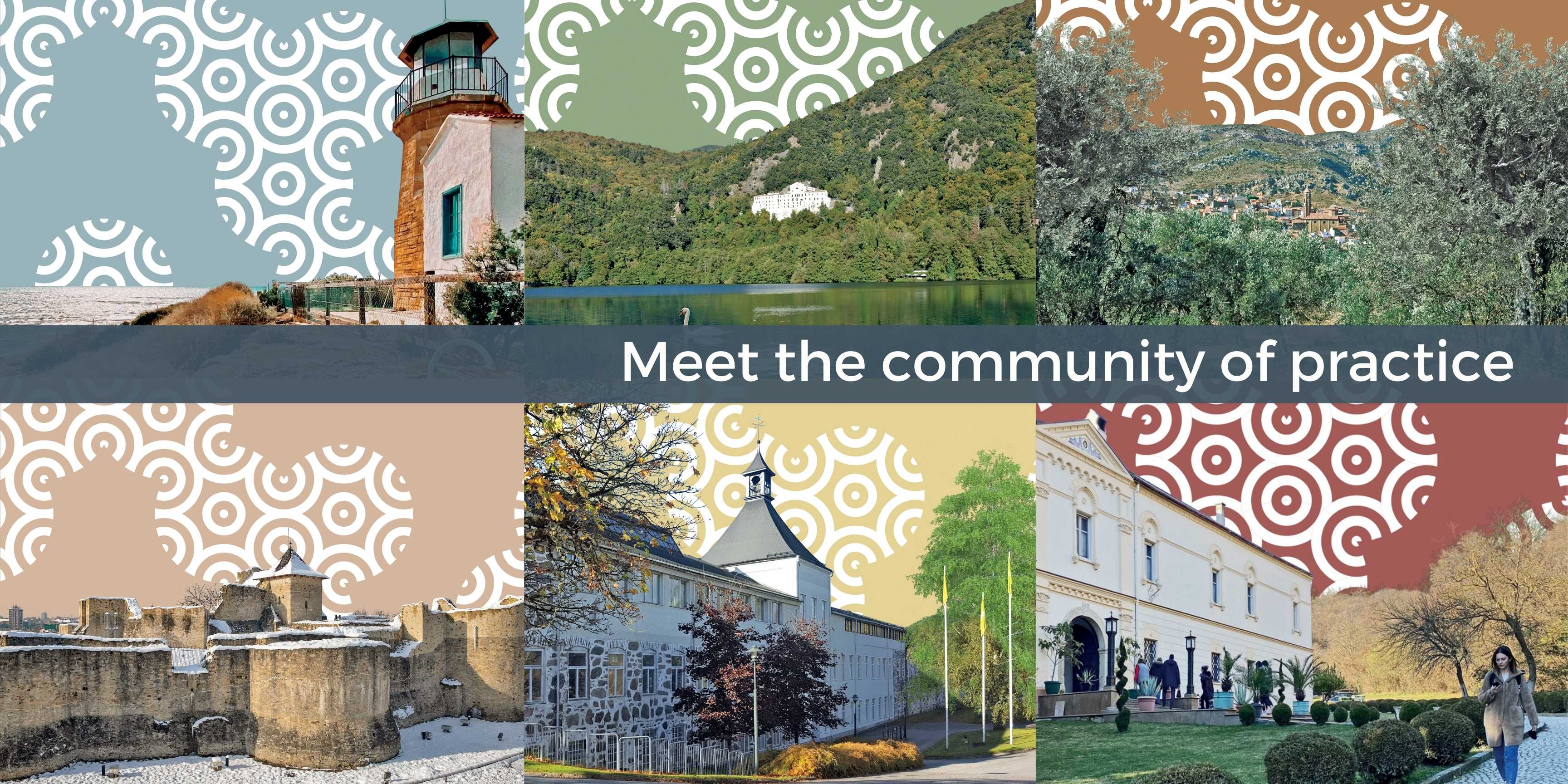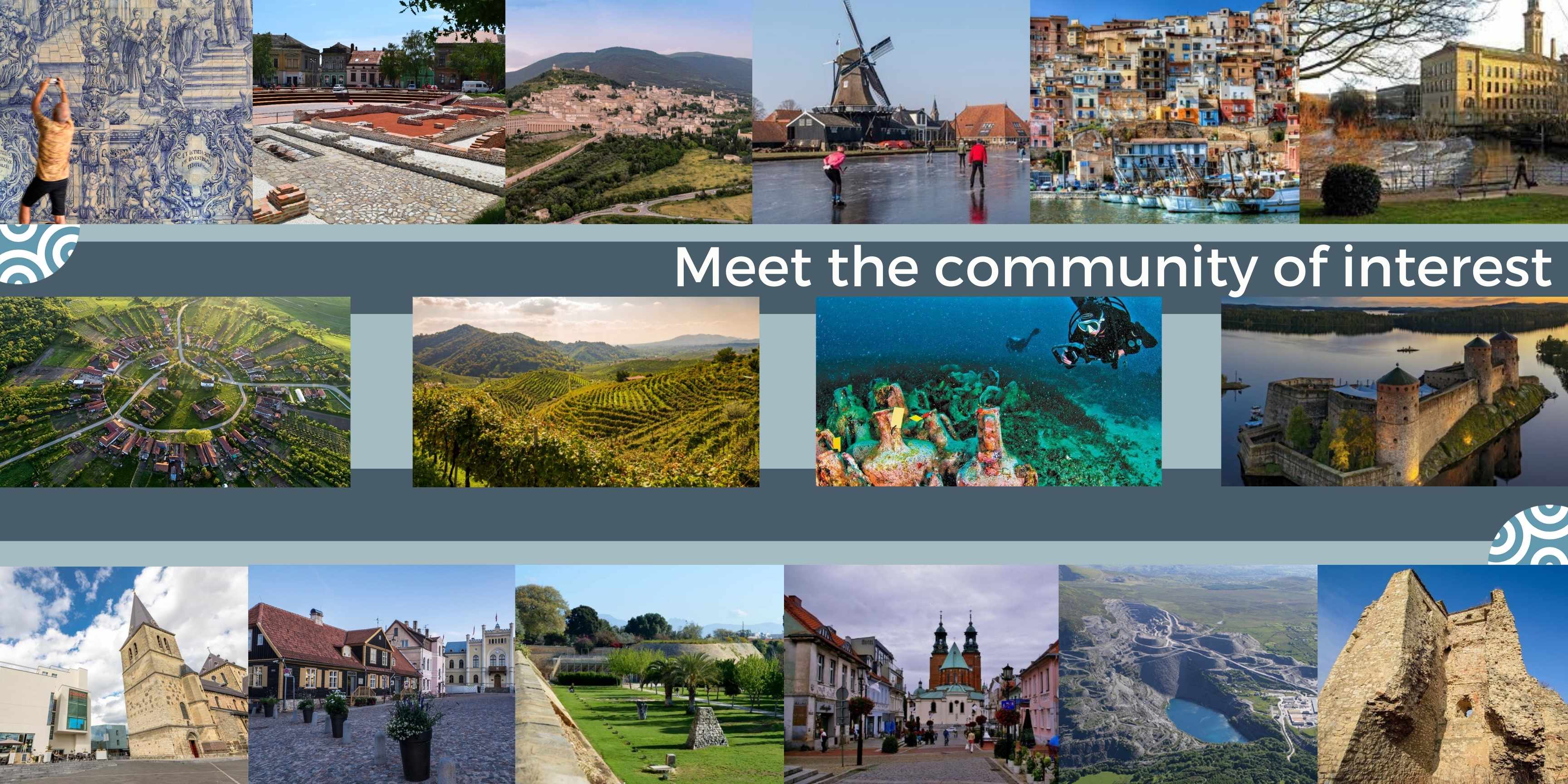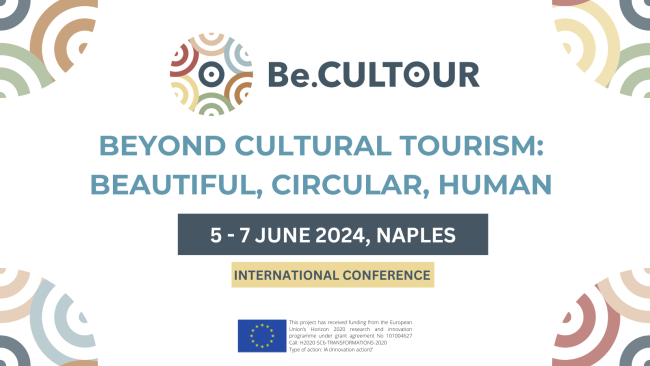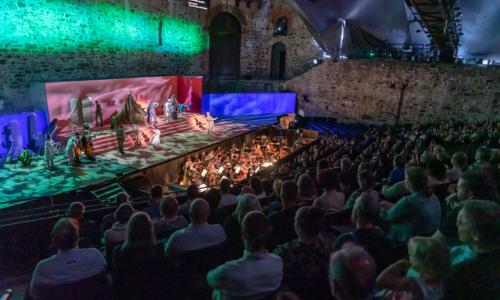Be.CULTOUR: Beyond Tourism MANIFESTO
🌍Rethinking Tourism for People, Culture & Sustainability
Be.CULTOUR is a European initiative shaping the future of cultural tourism through circular economy, heritage regeneration, and community empowerment. We move beyond mass tourism to create sustainable, human-centred travel experiences that respect local identities and landscapes.
🚀 Join us in transforming cultural tourism—where sustainability, beauty, and inclusivity lead the way.
🔗 Discover the Beyond Tourism Manifesto (Larnaca Manifesto)
Be.CULTOUR stands for
“Beyond CULtural TOURism:
heritage innovation networks as drivers of
Europeanisation towards a human-centred
and circular tourism economy”.
It expresses the goal to move beyond tourism
through a longer-term human-centred development perspective, enhancing cultural heritage and landscape values.
Be.CULTOUR has co-created and tested sustainable human-centred innovations for circular cultural tourism through collaborative innovation networks/methodologies and improved investments strategies.
Targeting deprived, remote, peripheral or deindustrialised areas and cultural landscapes as well as over-exploited areas, local Heritage innovation networks co-developed a long-term heritage-led development project in the areas involved enhancing inclusive economic growth, communities’ wellbeing and resilience, nature regeneration as well as effective cooperation at cross-border, regional and local level.
About Be.CULTOUR
Find out more about the project!
Objectives
The overarching goal of Be.CULTOUR was to co-create and test sustainable human-centred innovations for circular cultural tourism through collaborative innovation networks/methodologies and improved investments strategies.
Targeting deprived, remote, peripheral or deindustrialized areas and cultural landscapes as well as over-exploited areas, local Heritage innovation networks have co-developed a long-term heritage-led development project in the areas involved enhancing inclusive economic growth, communities’ wellbeing and resilience, nature regeneration as well as effective cooperation at cross-border, regional and local level.
Partners
Be.CULTOUR project Coordinator is the Institute for Research on Innovation and Services for Development, National Research Council of Italy (CNR-IRISS). The Be.CULTOUR Consortium comprises 15 partners, covering EU and non-EU Countries.
The Consortium includes research organisations, provincial and regional authorities,consultancies specialized in financial services, NGOs, municipalities, non-profit organizations, as well as umbrella organizations representing respectively local and regional governments (ERRIN and ICLEI).

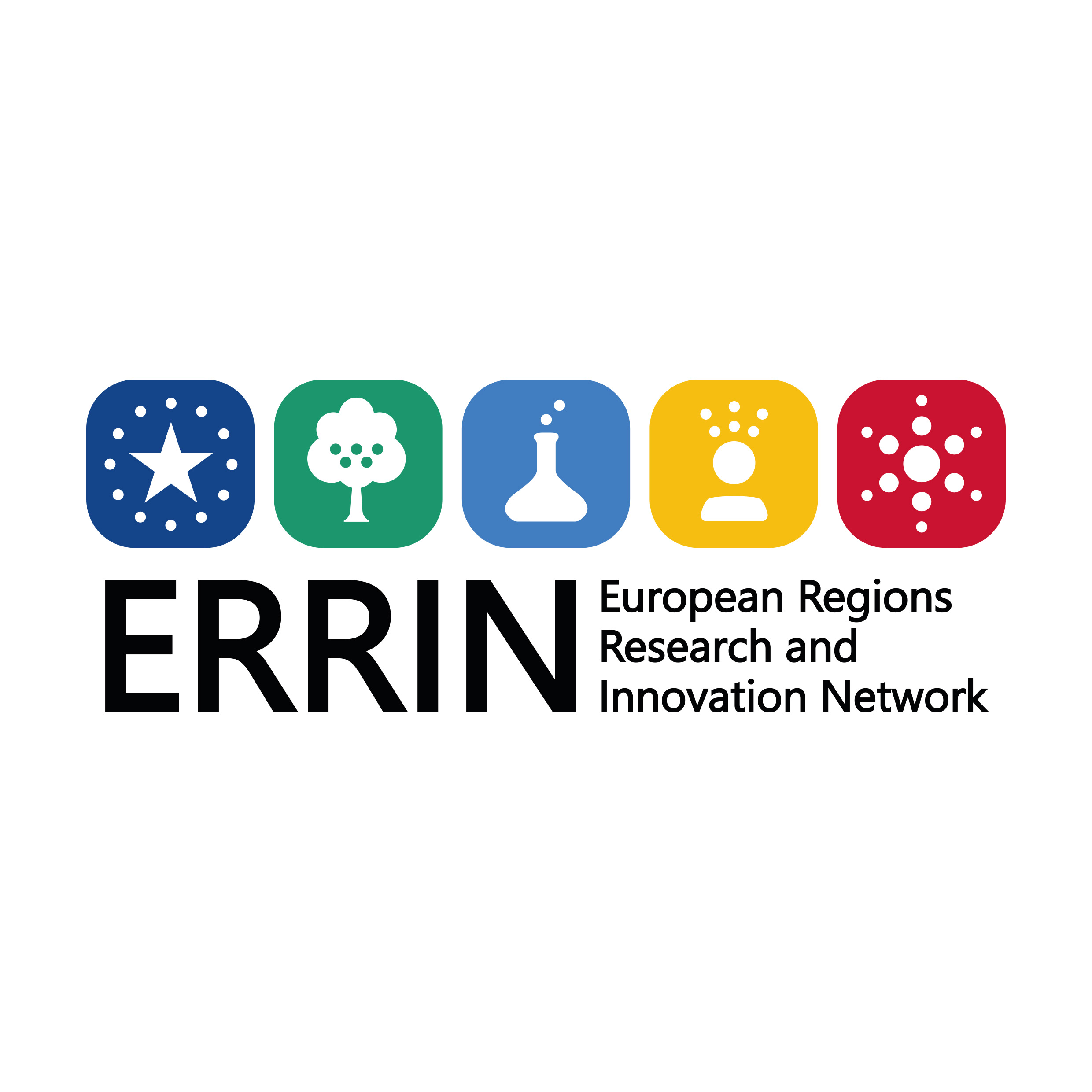
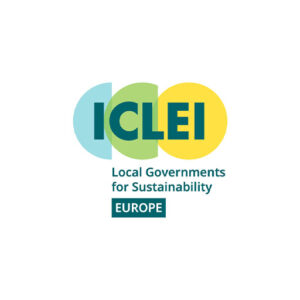


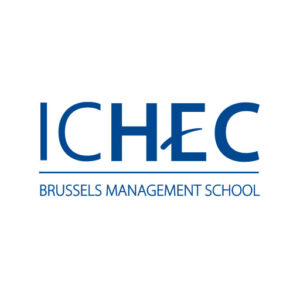
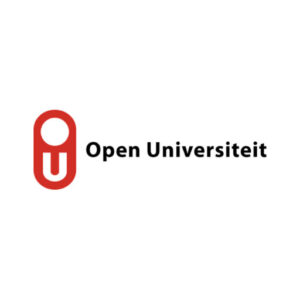
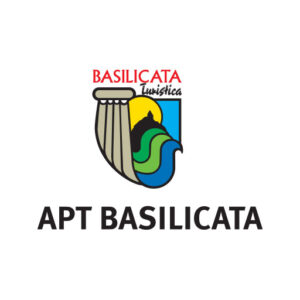
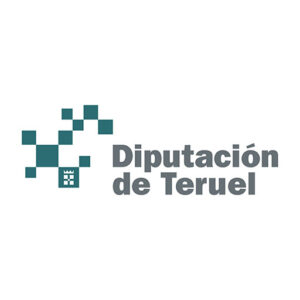
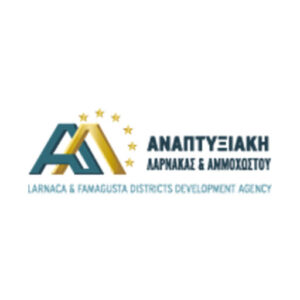
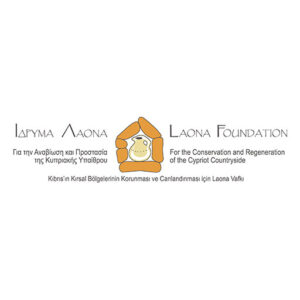
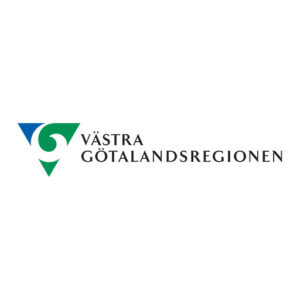

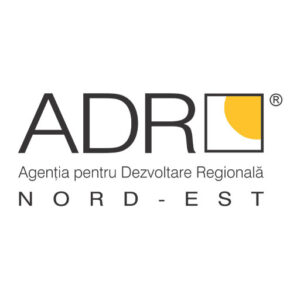
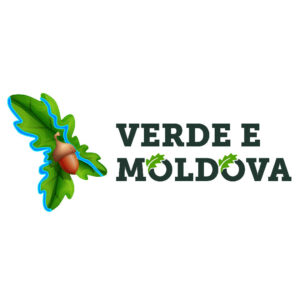

Methodology
Be.CULTOUR has achieved its ambitious objectives through a set of coordinated innovation actions built around a structured human-centred design innovation process, involving pilot and “mirror” regions
The methodology of the project has followed four main steps, reflecting the general articulation of the design process: 1. Exploration phase (M1-12); 2. Action Plans and Concepts co-design phase (M13-18); 3. Co-development phase(M19-20); 4. Deployment phase (M21-36).


